
Lot 267
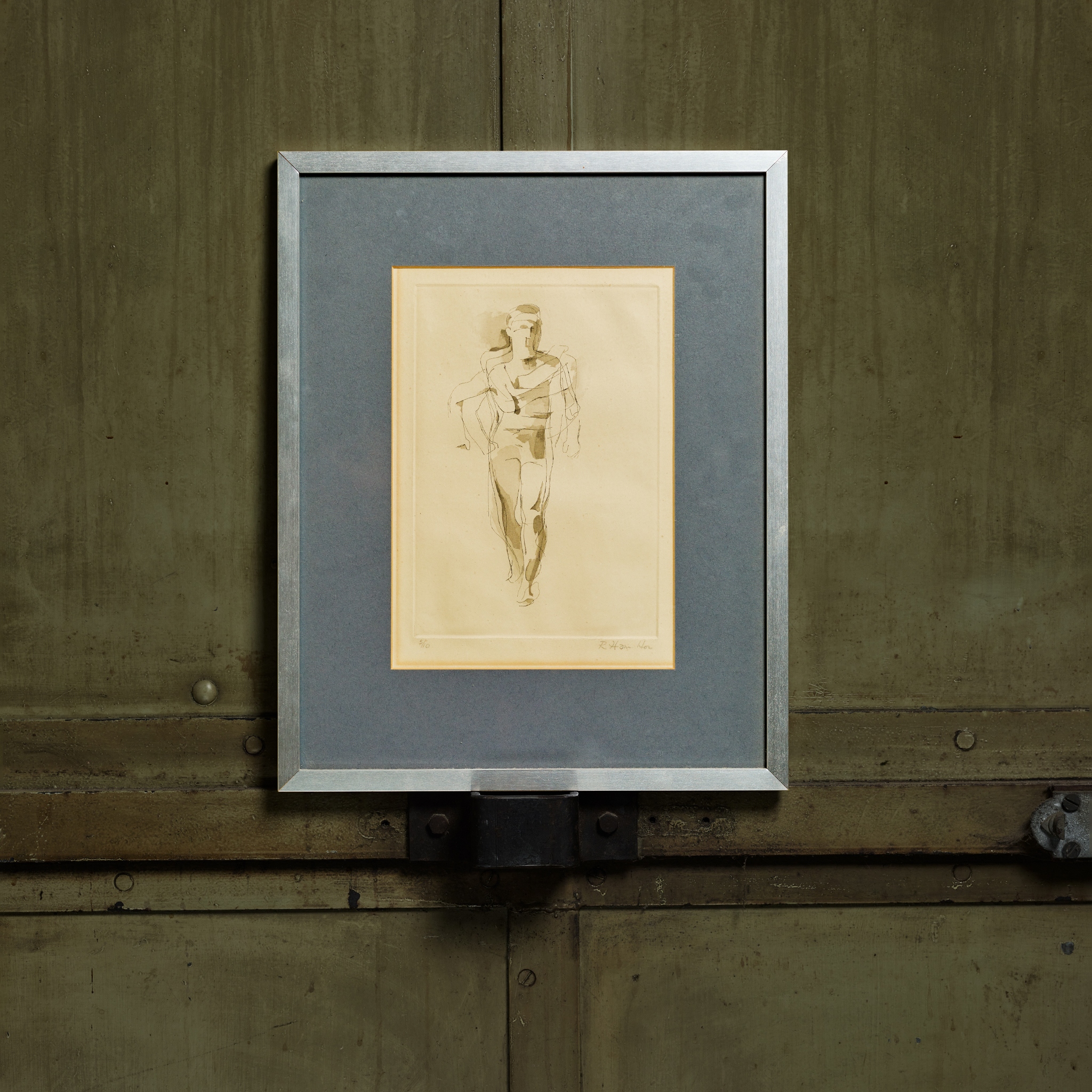
RICHARD HAMILTON C.H. (BRITISH 1922-2011) §
MAN WALKING (AFTER MUYBRIDGE), (LULLIN 44) - 1953
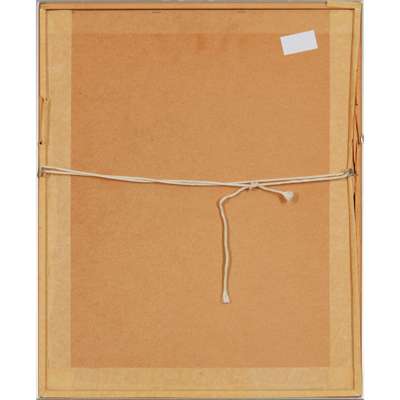
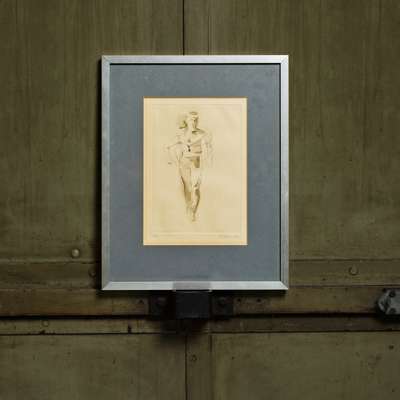
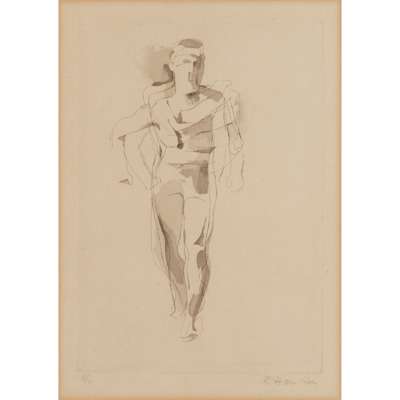
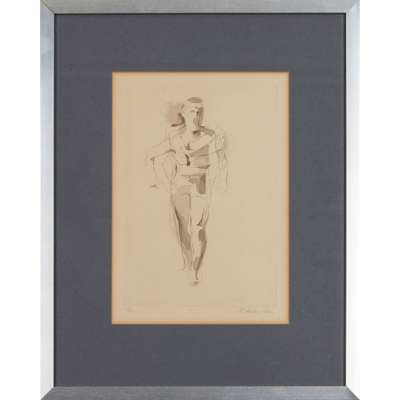


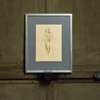
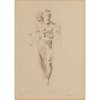
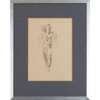

Contemporary Art // Prints & Multiples
Auction: Prints & Multiples: 10 January 2024 | From 15:00
Description
Etching and aquatint, 5/10, signed and numbered in pencil to margin, printed and published by the Artist
Dimensions
plate size 25cm x 17.2cm (9.75in x 6.75in), the sheet 30.4cm x 20.8cm (12in x 8.25in)
Provenance
The current owner's mother was tutored by Hamilton while attending art school in Newcastle in the 1950s, and the family believe these were gifted to her by the artist at that time.
Footnote
Richard Hamilton became one of the most significant artists of the twentieth century. He had a strong artistic output, influential teaching career, and the distinguishing claim of being the first artist to define ‘Pop’ art in 1957: ‘Popular (designed for a mass audience), Transient (short‑term solution), Expendable (easily forgotten), Low cost, Mass produced, Young (aimed at youth), Witty, Sexy, Gimmicky, Glamorous and Big business.’ Art would never be the same again. These compelling intaglio prints pre-date Hamilton's discourses on Pop. Dating to shortly after his graduation from art college, they show Hamilton playing with form and technique and offer a glimpse of some of the themes that would continue to preoccupy him throughout his artistic career, even as he continued to innovate and evolve. Man Walking (After Muybridge) takes as its source one of the iconic and pioneering photographs taken by Eadweard Muybridge in an attempt to capture and convey movement. Although not modern or new by the time Hamilton was engaging with the image as a source text, they represent a significant scientific and technological advance for the time, and at some level indicate an interest in modernity, so it is maybe not surprising that they would engage Hamilton who spent his life engaged with the ‘modern.’ Yet there is a classical element too: the depiction of the human form and its movement, the importance of technical skill in draughtsmanship and also in the use of the techniques of printmaking. This early work was both printed and published by the artist in a very small edition, and the contrast of the etched line and ‘wash’ finish of the aquatint is both playful in spirit and successful in the communication of movement.









